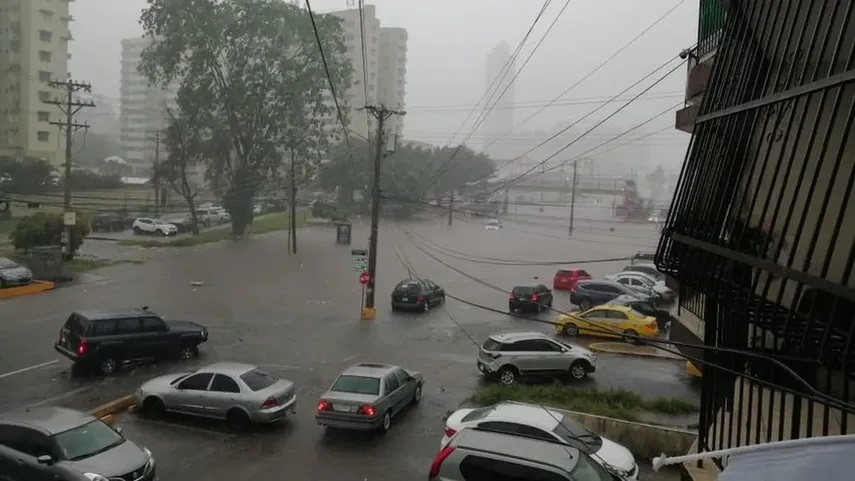Long Hot Summer ahead as El Niño continues to strengthen

The National Office of Oceanic and Atmospheric Administration (NOAA) issued an information bulletin on the progress in monitoring the El Niño phenomenon and warned that it has continued to strengthen and is expected to intensify in November.
They expect it to last until the month of May and recommend taking all the necessary measures to be able to carry out all operations that require water safely.
The director of the Office of Climate Change, Ligia Castro, explained that the main effect of the incidence of El Niño is the deficit of rain and therefore a prolonged drought. Meanwhile, La Niña causes an excess in the rainy season.
He explained that the incidence of the El Niño phenomenon, which is becoming stronger every time, is due to the acceleration of the climate crisis that is being experienced worldwide and the increase in temperatures in both the Pacific Ocean and the Atlantic Ocean.
This increase in temperatures in the oceans alters marine circulation and also alters the circulation of winds in the atmosphere, which implies the precipitation deficit that has occurred.
We are going to have more dry days interspersed with rainy days,” said Castro.
Reforestation
On the other hand, he added that reforestation is the key to combating the effects of climate change and the incidence of the El Niño phenomenon in Panama. The lack of forests contributes to water reserves in lakes and rivers evaporating faster.
“The forest cover of Panama is the guarantee of having water security in the country.”
He stressed that forests are essential for the proper functioning of all the country’s production sectors, and the type of species must be taken into account when reforesting.
To prevent the crisis due to lack of water that may occur in the coming months, the Office of Climate Change advocates reducing emissions and being more efficient in the use of water resources.
The National Authority of Public Services (ASEP ) carries out an important campaign to raise awareness about the use of the precious resource.
He also referred to the forecasts of the National Institute of Aqueducts and Sewers (Idaan) on sectorizing the use of water due to the increase in El Niño in the coming months and indicated that it is important that they have a contingency plan.





